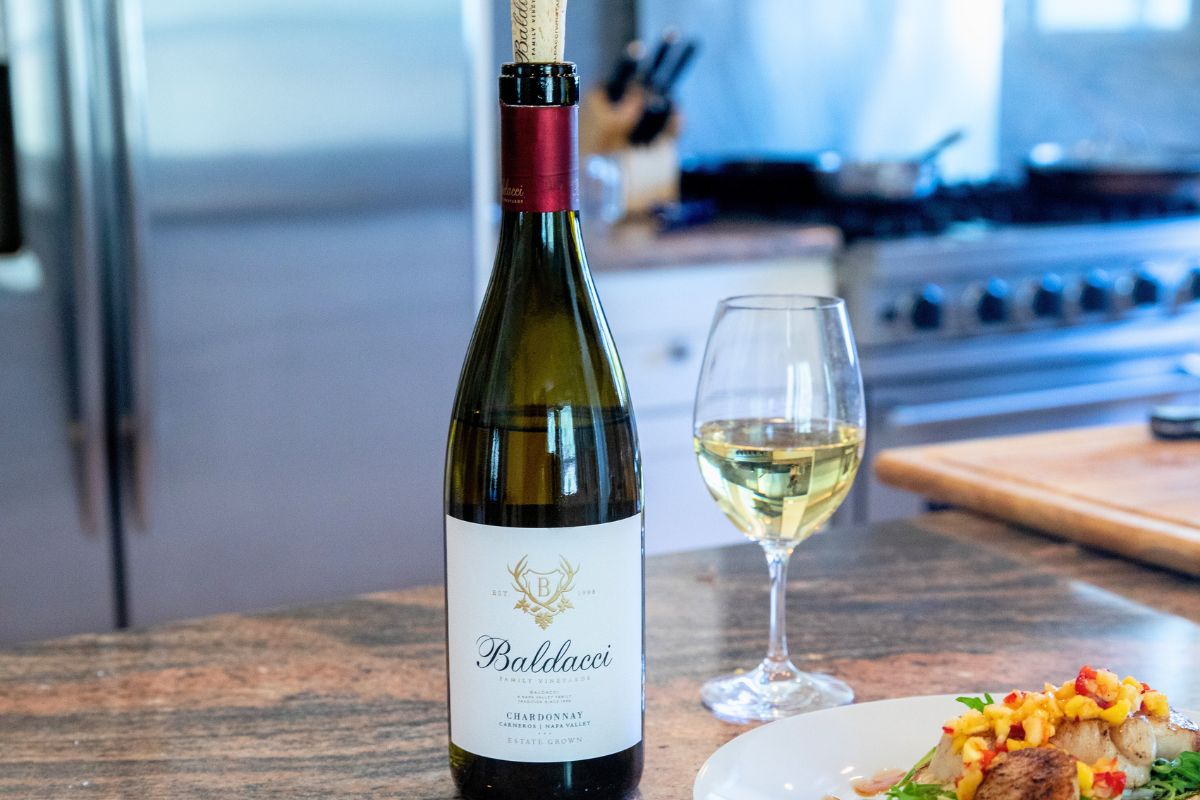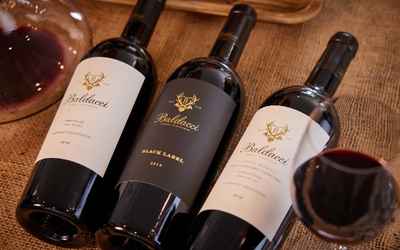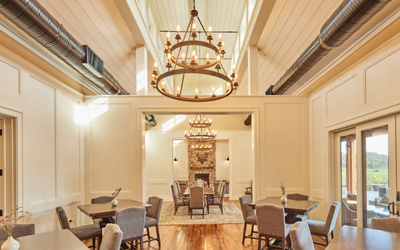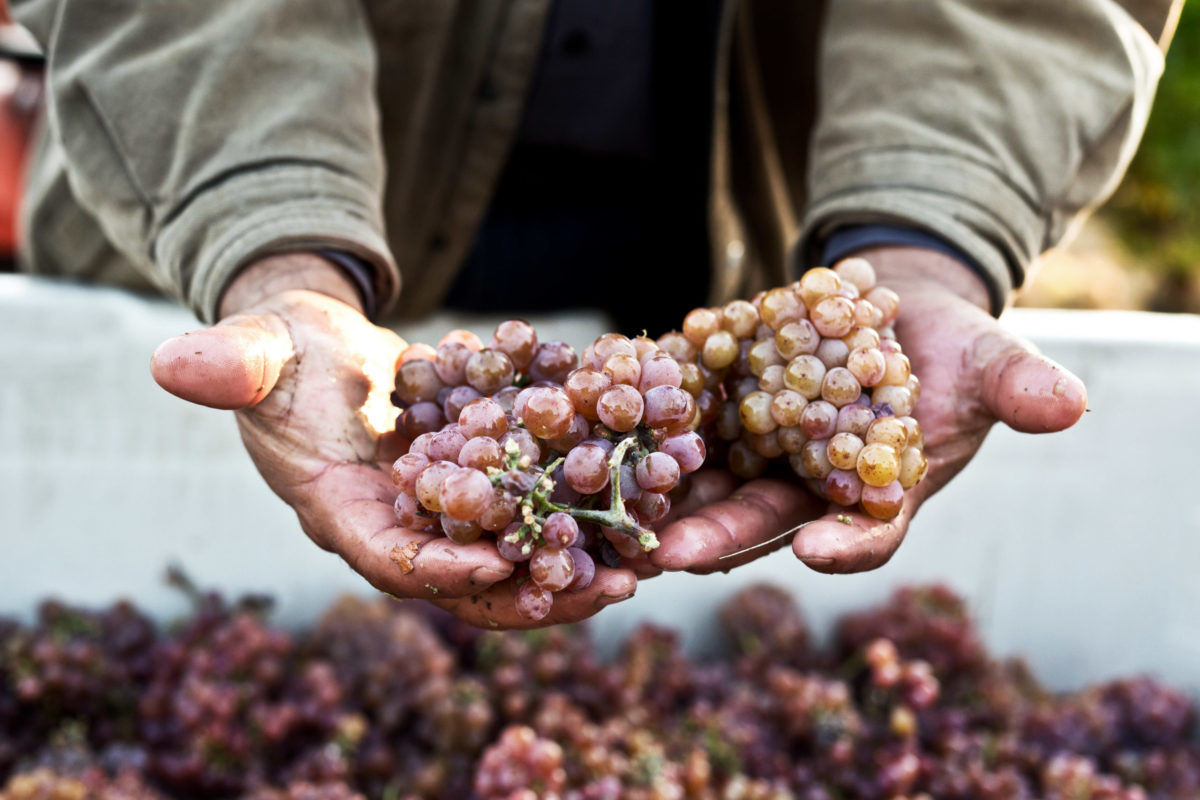
So, you’ve uncorked a favorite bottle of wine and enjoyed a glass or two, but now you’re left wondering how to keep the rest fresh. Preserving an opened bottle of wine can be a bit of a challenge, but with the right wine preservation techniques, you can enjoy your wine for days, even weeks, to come. Let’s dive into the best ways to preserve that precious bottle.
Understanding Wine Preservation
Why Wine Loses its Freshness
Wine is a delicate beverage that can spoil once exposed to air over an extended period of time. The culprit? Oxidation. When wine comes into contact with oxygen, it begins to lose its flavor and aroma, eventually turning into vinegar.
Several factors can impact how quickly your wine loses freshness, including exposure to air, temperature fluctuations, light, and even the type of wine. Red wines, for example, tend to last a bit longer than whites after opening.
What to Do After Opening a Bottle
Proper Re-Corking
If you haven’t finished the bottle in one sitting, your first line of defense is re-corking it properly. Push the cork back in as tightly as possible to minimize air exposure.
Using a Wine Stopper
Wine stoppers are a great alternative to the original cork. They provide a tighter seal and are easier to use, ensuring that less air gets into the bottle. There are various types of wine stoppers available, from simple silicone caps to more elaborate vacuum stoppers. Each type has its pros and cons, so it’s worth experimenting to find the best one for your needs.
When choosing a wine stopper, consider how often you open and close your wine, the type of wine, and how long you plan to store it. Vacuum stoppers are great for long-term storage, while silicone caps are perfect for short-term use.
Short-Term Preservation Methods
Refrigeration
One of the simplest ways to keep your wine fresh is by refrigerating it in an upright position. The cool temperature slows down the oxidation process, preserving the wine’s flavor and aroma. This applies to red wines as well; just plan for enough time to bring the red wine back to proper serving temperature when you plan to drink it. For a half-full bottle, 30 minutes to an hour at room temperature should do the trick.
If you have a wine fridge, you can store opened bottles at the optimal temperature. Red wines should be kept at around 55°F, while white wines and rosés are best stored at a cooler 45°F.
Wine Shields
Wine shields are small, disc-like devices that float on the surface of the wine, creating a barrier between the wine and the air. They are easy to use and effective for short-term preservation. However, they may not provide as tight a seal as vacuum stoppers or inert gas methods.
Long-Term Preservation Methods
Vacuum Sealers
Vacuum sealers work by removing the air from the bottle and creating a tight seal. This process slows down the oxidation and helps to preserve the wine’s flavor and aroma.
There are many vacuum sealers available, ranging from manual pumps to electric devices. Some of the best brands include Vacu Vin, Wine Saver, and Cuisinart. Vacu Vin’s Wine Saver Pump starts at about $18 and is available from Amazon and major retailers like Target, making it an affordable and accessible option.
Inert Gas Preservation
Inert gas preservation involves spraying a layer of inert gas (such as argon or nitrogen) into the bottle. This gas displaces the oxygen, forming a protective barrier over the wine and preventing oxidation.
One of the most popular inert gas preservation systems is the Coravin. While these products tend to be higher in price, with the Coravin Timeless system starting at $250, they are widely used by wine enthusiasts and professionals to keep their wine fresh for longer periods.
Alternative Methods for Wine Preservation
Using Smaller Bottles
Transferring leftover wine to a smaller bottle reduces the amount of air in contact with the wine, helping to keep it fresh.
Innovative Products
There are many innovative products on the market designed to help preserve wine, from electric wine dispensers to smart wine preservation systems. One such product, Repour, uses a packet within the stopper that reacts with the oxygen in the bottle and removes it. Although Repour stoppers are single-use, they are affordable, with a 4-pack retailing for about $10.
Storing Wine Properly
To keep your wine at its best, store it in a cool, dark place with minimal temperature fluctuations. A wine fridge is ideal, but a regular fridge can work too.
Light exposure can also negatively affect wine quality, so make sure to keep your wine away from direct sunlight.
Common Mistakes in Wine Preservation
One common mistake is storing wine in a warm place, which accelerates oxidation. Another is using the wrong type of stopper, leading to poor sealing. To avoid these mistakes, always store your wine in a cool, dark place and use a proper wine stopper or preservation method.
Frequently Asked Questions About Wine Preservation
- How long does wine last after opening?
- Generally, wine lasts 3-5 days after opening, depending on the type and preservation method used.
- Can I freeze wine to preserve it?
- Freezing wine can alter its flavor and texture, so it’s not recommended for preserving quality.
- Is it safe to drink wine that has been open for a week?
- It’s usually safe to drink, but the flavor and aroma may be significantly diminished.
- What’s the best way to preserve sparkling wine?
- Use a sparkling wine stopper to maintain the bubbles and store it in the fridge.
Preserving an opened bottle of wine doesn’t have to be a daunting task. With the right methods and tools, you can extend the life of your wine and enjoy every last drop. Whether you opt for simple refrigeration, invest in a vacuum sealer, or try out inert gas preservation, there’s a solution for every wine lover.
Thirsty for more? Discover our full collection of wines or book a wine tasting to explore our wines in person.
Sources:
Dawson, Mike (2015, May 15). 5 tips for storing opened wine. Wine Enthusiast. https://www.wineenthusiast.com/culture/wine/5-tips-for-storing-opened-wine/
WSET Global (2023, July 3). The best ways to preserve wine after opening. https://www.wsetglobal.com/knowledge-centre/blog/2023/march/07/the-best-ways-to-preserve-wine-after-opening/
Falcone, D. R. (2022, February 7). How to keep wine fresh after opening it. Popular Science. https://www.popsci.com/diy/open-bottle-of-wine-last-longer/




